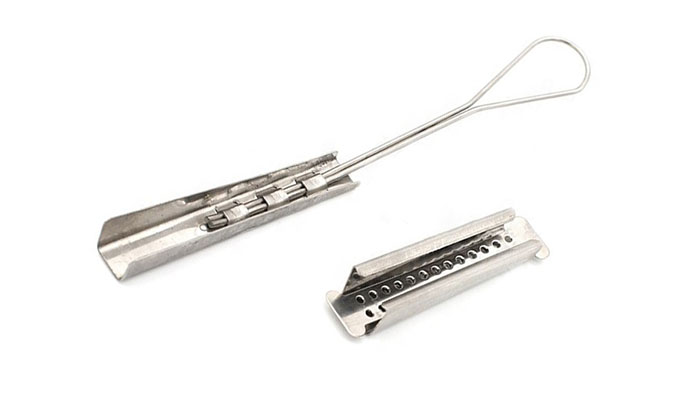
A drop wire clamp is a hardware component used to secure and support drop wires in an electrical distribution system. The clamps help to maintain proper spacing, prevent sagging and ensure the stability of the conductors. Drop wire clamps support the weight of the drop wire to keep them spaced and aligned. They also help distribute tension along the length of the overhead lines. This prevents excessive stress on individual wires. Some of the clamps may include insulating materials. They prevent electrical contact between the drop wire and other components. They enhance the system reliability reducing the risk of disruptions and maintaining efficient power transmission. Drop wire clamps are from strong, durable materials such as metal or plastic. They have an opening mechanism for tightening the clamps around the cable.
Features of the wire clamp
Drop wire clamps have several features that contribute to their efficiency in transmission lines. The following are the common features of the drop wire clamps.
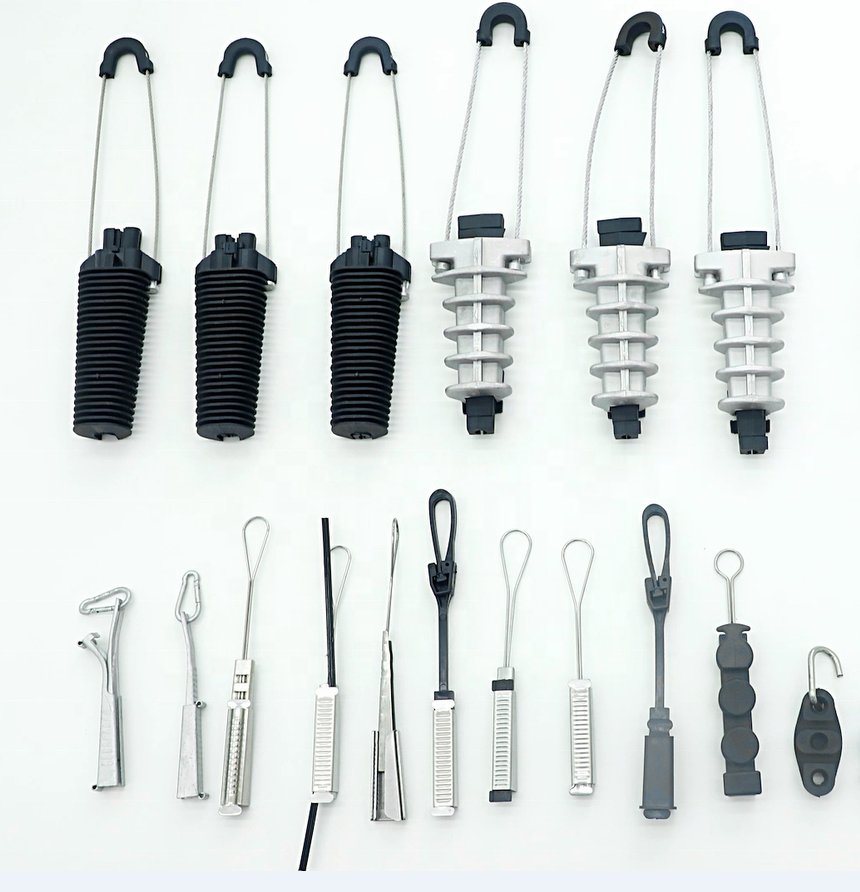
- Design – they have designs that ease the installation with simple and efficient mechanisms for securing cables.
- Corrosion resistance – the clamps have corrosion resistant coatings that protect them from rust.
- Load bearing capacity – drop wire clamps are capable of handling specific loads and tensions. They ensure they can support the weight of the cables.
- Cost-effectiveness – they are from cost effective materials and production methods. They offer a balance between performance and affordability.
- Material composition – the clamps are from durable and weather resistant materials. The materials are able to withstand environmental conditions.
- Adjustability – they also allow for flexibility in accommodating different cable sizes. They helps to ensure secure fit.
- Insulating properties – the clamps also use insulating materials to prevent electrical contact between wires. This is to reduce the risk of short circuits.
Drop wire clamp design
The clamps are available in various designs to fit different elements. The specific designs vary depending on various factors. These include the type of cable to support, installation requirements and environmental conditions. Additionally, it is advisable to check the designs to ensure they fit your other tools and equipment. The following are the common features found in the design of drop wire clamps.
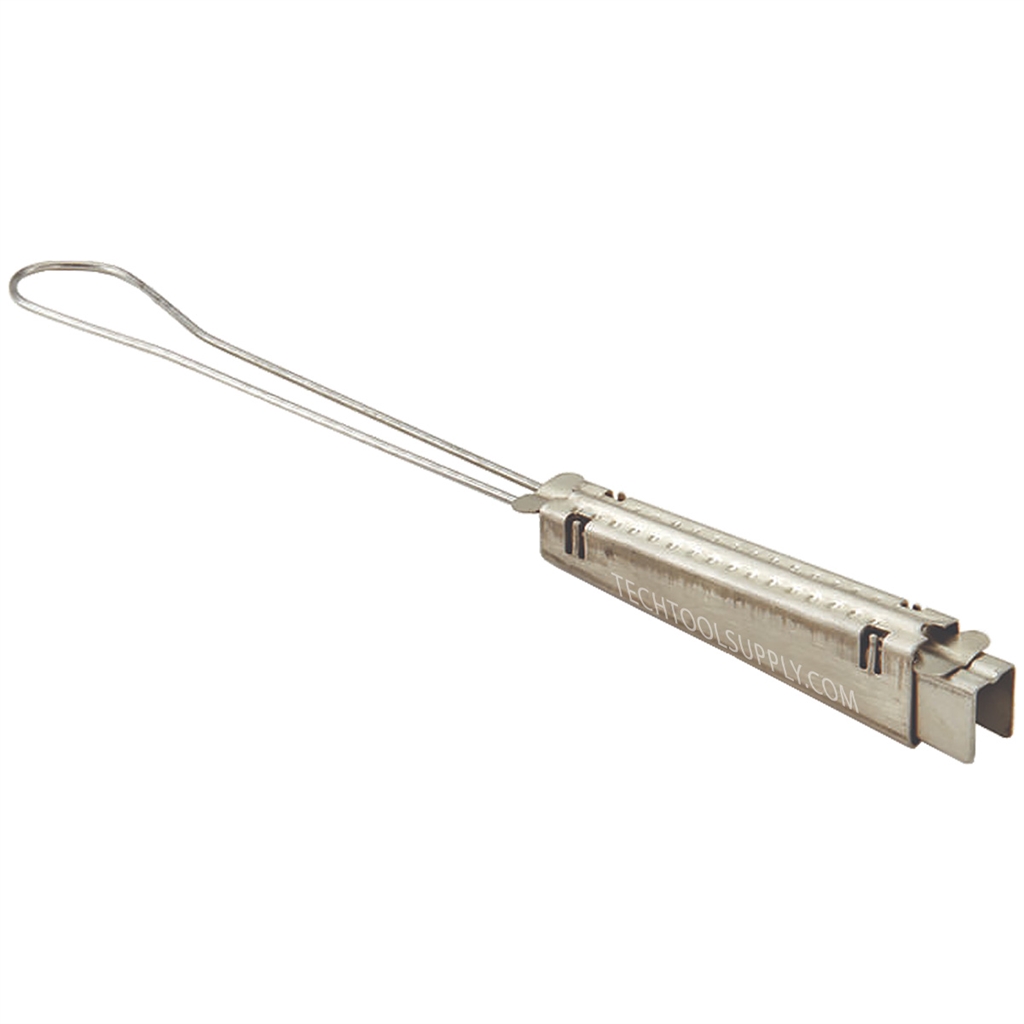
- Body or frame – this is the main structure of the clamp which holds and secures the cable in place. The frame is from materials like galvanized steel or aluminum for durability.
- Attachment mechanism – the clamps have mechanisms to secure the cables. These include bolts, screws or other fasteners. They ensure a firm grip on the cable without causing damage.
- Insulating materials – insulating materials helps prevent electrical contact between the clamp and the cable.
- Hanger attachment – some of the clamps may have features for easy attachment to support structures.
- Weather protection – their design includes features to protect against environmental factors. These include coatings that resist corrosion to ensure longevity and reliable performance.
- Adjustable mechanisms – some of the clamps have adjustable elements to accommodate different cable sizes. This helps to ensure a secure fit and proper support.
Functions of drop wire clamp
Drop wire clamps find various uses in overhead transmission lines and other industries. The clamps maintain the functionality and reliability of overhead transmission systems. This makes them an essential component for electrical infrastructure. They ensure the safety, security and reliability of the cables. The following are the common functions of drop wire clamps.
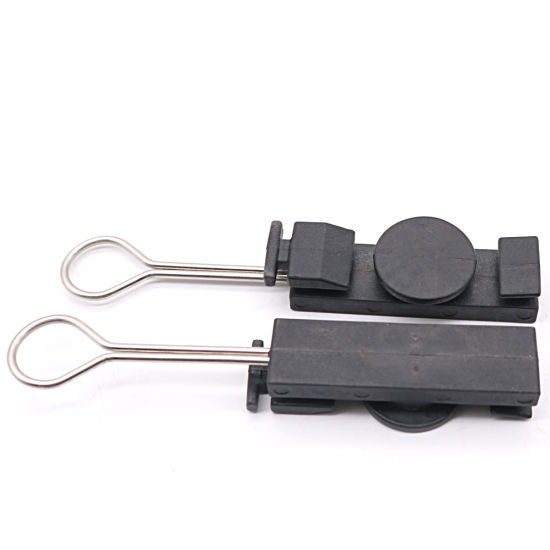
- Support and alignment – the clamps provide support to cables preventing sagging and ensuring proper alignment. This helps maintain the integrity and efficiency of the overhead transmission systems.
- Prevention of cable damage – the clamps prevent swinging tat could lead to abrasion or damage. this is important in windy conditions or during other environmental challenges.
- Weather resistance – the clamps have designs with materials and coatings that resist corrosion. They are also able to withstand various weather conditions. This helps to ensure their durability and long-term performance.
- Load-bearing capacity – the design and construction of drop wire clamps are capable to handle specific loads. This is to ensure they can support the weight of the cables.
- Tension distribution – the clamps help distribute tension along the length of the cables. This is to prevent excessive stress on individual wires.
- Stability enhancement – they also contribute to the stability of the electrical distribution network. This reduces the risk of disruptions from cable movement.
- Ease of installation – the clamps feature mechanisms that simplify the process and save time during installation.
Types of drop wire clamps
There are several types of drop wire clamps designed to accommodate different cable sizes, configurations and installation requirements. Each type of clamp has different designs and specifications for each application. Additionally, it is advisable to consult industry professionals for guidance on the best type for your specific needs. The following are the common types of drop wire clamps.
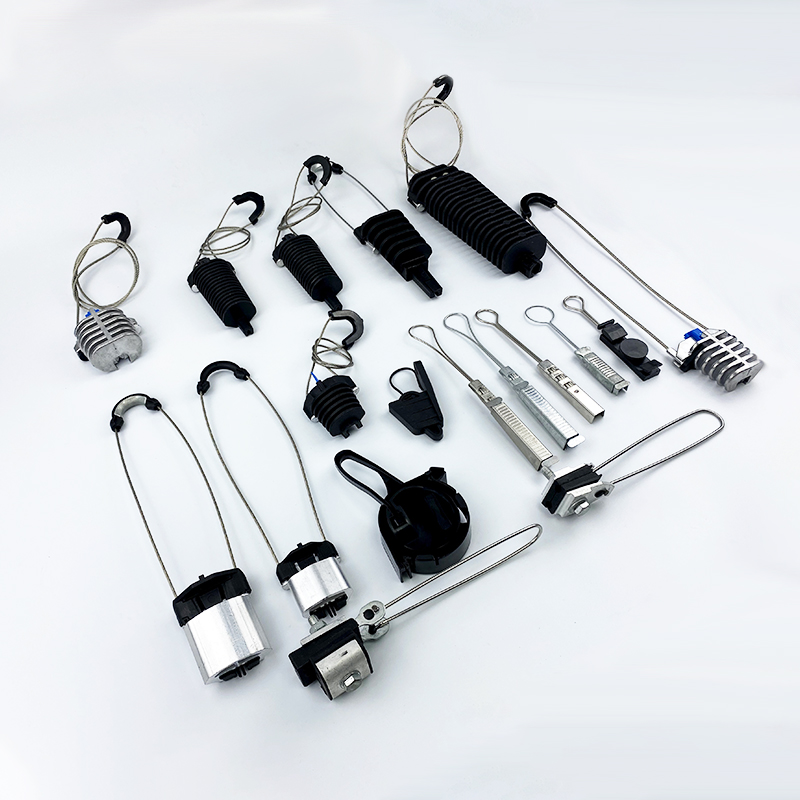
- Wire wrap clamps – these clamps use a metal band that wraps around the cable and tightens with a screw. They are simple and cost-effective which makes them suitable for low-tension applications.
- Compression clamps – the clamps use a wedge that inserts into the clamp and tightens applying pressure to the cable. They provide a more secure grip and suitable for higher tension applications.
- Bolted type Drop wire clamp – these clamps feature a bolted mechanism for secure fastening and provides a strong grip on the cable.
- Insulated drop wire clamp – the clamps use insulating materials to prevent electrical contact between the clamp and the cable.
- Corrosion-resistant drop wire clamp – this is from materials or coatings that resist corrosion. It is also ideal for installations in areas with challenging environmental conditions.
- Snap type drop wire clamp – this utilizes a snap or locking mechanism for quick and easy installation. This is well-suited for applications needing frequent adjustments.
- Adjustable drop wire clamps – these clamps use adjustable components to accommodate different cable diameters. They offer versatility cable size and system requirements.
- Hanger drop wire clamp – this has designs for attaching cables to hangers or support structures. This enables the proper positioning of cables in overhead transmission systems.
- Strain drop wire clamp – this design handles the strain in the cables. This ensures the integrity of the cables during varying loads.
Applications of drop wire clamps
Drop wire clamps have a wide range of applications across various industries that need aerial cable installations. They aim to ensure the safe, reliable and efficient operation of aerial cable systems. Also, it is advisable to analyse the features and functions of the clamp before selection. The following are the applications of drop wire clamp.
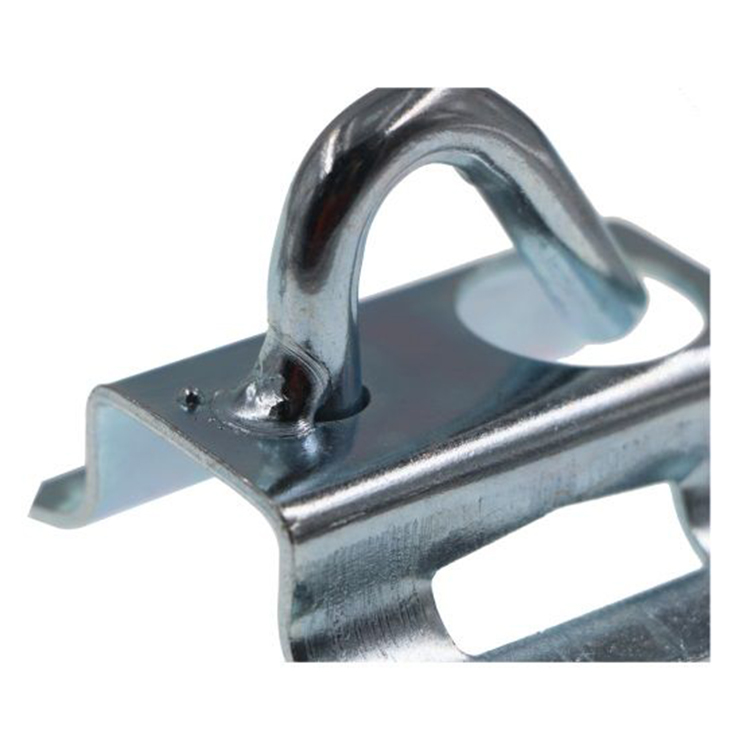
- Overhead power lines – the clamps work in overhead power lines to support and secure drop wires or cables. This is to ensure proper alignment and preventing sagging.
- Cable television systems – the drop wire clamps help secure and manage the cables that deliver television signals to homes and businesses.
- Urban and rural electrification – the clamps secure distribution cables ensuring reliable power supply.
- Railway electrification – they find use in electrified railway systems to help manage and support the overhead wires to provide power to trains.
- Aerial fiber deployment – the drop wire clamps assist in securing and maintaining the integrity of the fiber optic network.
- Telecommunication cables – they work in installation of telecommunication cables. This is to provide support and stability to cables.
- Fiber optic networks – the clamps work in installations and support of fiber optic cables. This contributes to the stability and proper functioning.
- Street lighting systems – drop wire clamps help to support and manage the cables that power streetlights. This contributes to the functionality and safety of the lighting system.
- Industrial power distribution – the clamps secure and support cables in power distribution systems. This contributes to the reliability and safety of electrical infrastructures.
- Renewable energy projects – they can work in the installation of overhead cables for transmitting power generated from wind turbines or solar panels. This ensures a reliable connection to the power grid.
Frequently asked questions
A drop wire is a hardware component used in overhead transmission systems to secure and support drop wires or cables. This prevents sagging and ensuring the stability of the electrical distribution’s networks.
Drop wire clamps serve to support and align cables, distribute tension, prevent cable damage, enhance system reliability and resist environmental factors.
Drop wire clamps provide essential support and stability to cables preventing sagging and maintaining proper alignment. This contributes to the reliability of overhead transmission systems.
The wire clamps provide essential support and stability to cables preventing sagging and maintaining proper alignment. This contributes to the reliability of overhead transmission systems.
Factors to consider include cable size compatibility, load-bearing capacity, environmental conditions and the specific requirements of the overhead transmission systems.